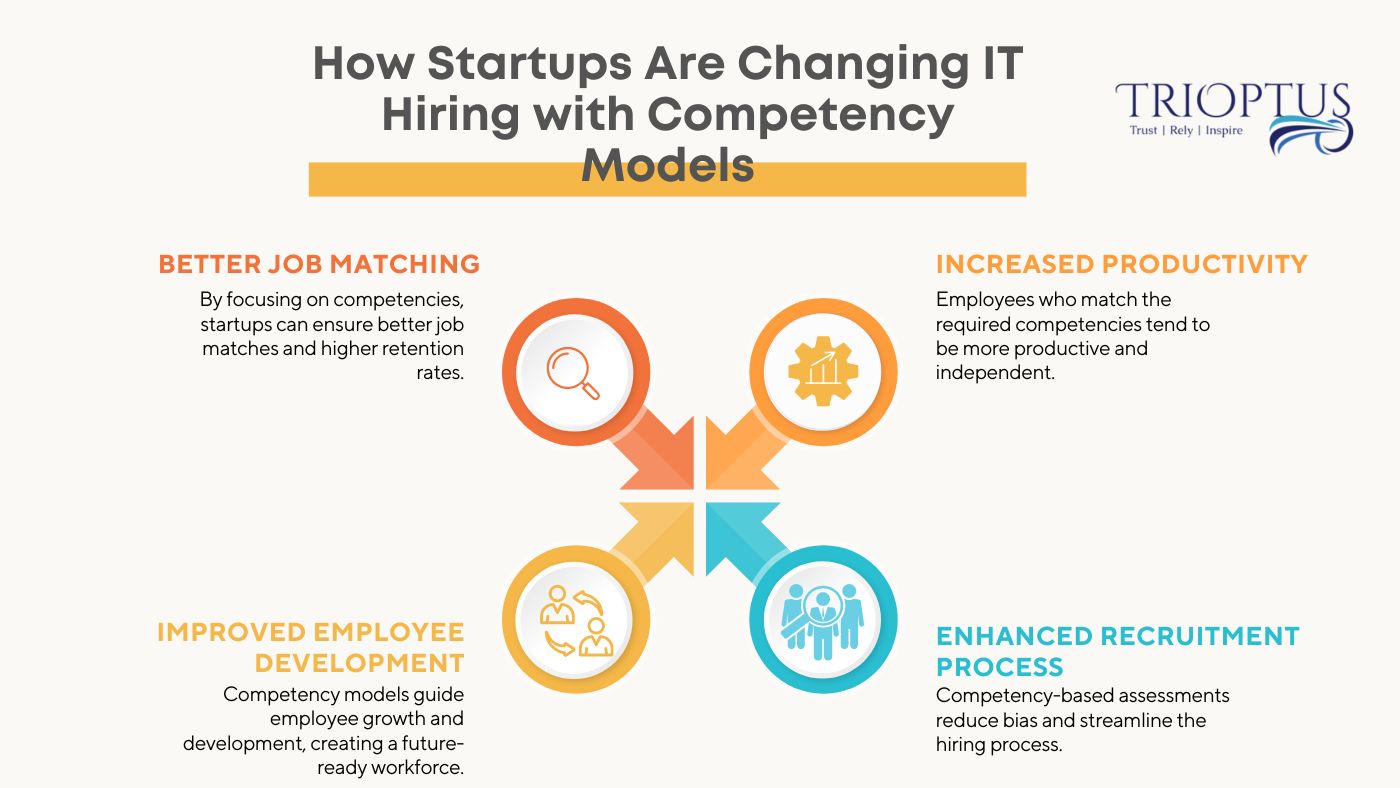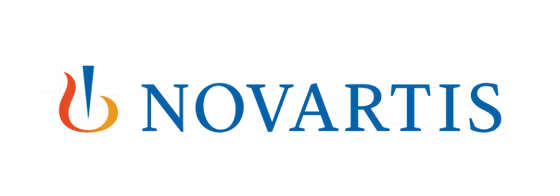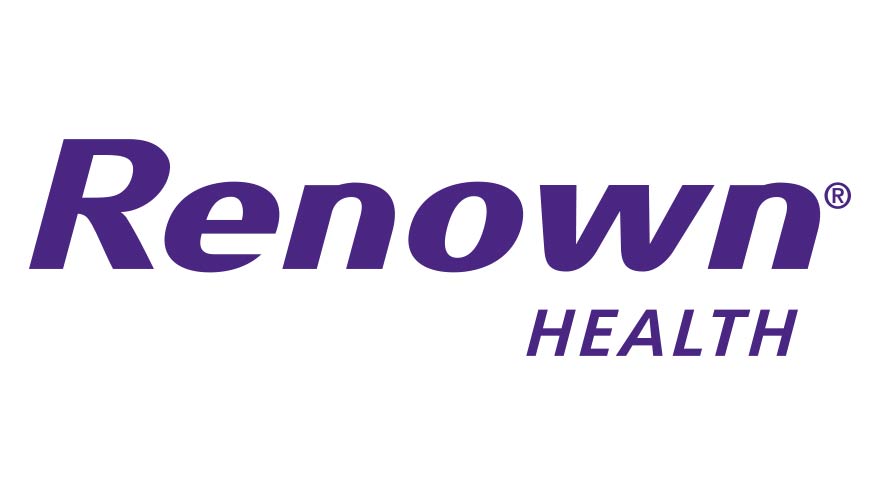
10 May 2024
When startups need to hire technical talent, finding the right fit can be tricky. Often, candidates look good on paper but lack the specific skills and mindset needed for a fast-paced startup environment.
Traditional hiring methods that focus solely on degrees and job experience are falling short. What startups really need is a way to assess competencies—skills, behaviors, and attitudes that define success in a role.
Competency models are revolutionizing how startups hire IT talent. Instead of just relying on qualifications listed on resumes, competency models dig deeper.
They pinpoint the exact skills and qualities needed for a role, allowing startups to identify and hire candidates who can excel from day one.
If you want to build an IT team that can keep up with the speed of change, competency-based hiring is the way forward. Here’s how it works and why it matters.
What Is Competency-Based Hiring?
Competency-based hiring, also known as skills-based recruitment, looks beyond degrees and job titles. It focuses on a candidate’s actual skills, talents, and work behaviors.
Startups identify specific competencies essential for success in a role and then assess applicants based on these criteria.
This approach widens the talent pool, making room for candidates from diverse backgrounds. If someone has the right competencies for the job, lack of a specific degree or years of experience won’t count against them.
This approach benefits startups by accessing a broader range of tech talent while giving candidates a fair chance to prove themselves.
The key is developing a competency model for each role. This model outlines the skills, behaviors, motivations, and work styles needed to excel in the position.
Some competencies startups prioritize for tech roles include coding proficiency, critical thinking, and soft skills like communication and adaptability.
Building a Competency Model for Your Open IT Role
Creating a competency model starts with understanding the role’s requirements. Analyze the duties, technical skills, and soft skills needed. Consult with IT managers and high performers in similar roles to understand what makes someone successful.
Next, define 3 to 5 key competencies required for the role, like coding proficiency or communication skills. Break down each competency into specific behaviors and proficiency levels. Create a rubric to objectively evaluate candidates during interviews, focusing on these key competencies.
With a solid competency model, startups can craft targeted job listings, ask the right interview questions, and make informed hiring decisions. This focused approach leads to building a team with the precise skills needed to achieve startup goals.
Benefits of Competency Models for Startup IT Hiring
Competency models offer several advantages for startups hiring in IT:
- Better Job Matching: By focusing on competencies, startups can ensure better job matches and higher retention rates.
- Increased Productivity: Employees who match the required competencies tend to be more productive and independent.
- Improved Employee Development: Competency models guide employee growth and development, creating a future-ready workforce.
- Enhanced Recruitment Process: Competency-based assessments reduce bias and streamline the hiring process.
In summary, competency-based hiring is transforming IT recruitment for startups. By hiring based on competencies, startups can assemble high-performing teams that drive success. If you’re ready to transform your hiring and scale your startup with top talent, competency models are the way forward. To book a strategic talent acquisition consultation session with one of our experts, please email us at info@trioptus.com or call at +1 862-333-0694.











Comments (0)